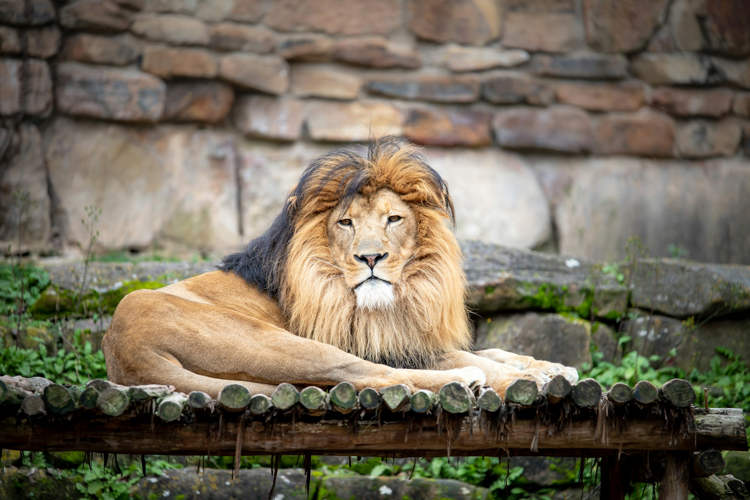I don’t know about you, but for me it is enough seeing the vuvuzela and I can actually hear that horrific sound it makes.
Well, at least I’m not the only one who doesn’t get why this “instrument of torture”, with which even the loudest group of supporters can’t compete, was such a hit during the South African World Cup. And the sound is not only annoying but also bad for your health, as Dr. Katijah Khoza-Shangase, professor of speech pathology and audiology at the Univeristy of Witswatersrand in Johannesburg, says, quoted by CBS News: “We are not saying, ‘ban the vuvuzelas.’ The vuvuzela is part of the festivities of the game, it is part of what makes the soccer in this country, but people need to be aware that they need to just wear ear protection.”
In an attempt to transform the vuvuzela into something decorative or useful,after the end of The World Cup, Matt Blitz and some of his co-workers at Leftfield, an advertising firm, put up a blog called Wozela on which people could post their ideas on transforming the leftover vuvuzelas.
Although they started of with a few of their own ideas and were hopping to get just 20 maybe 50 more, they had to make this into a competition as they received 150 submissions in just a few months. There was also a prize of 10,000 Rand, around $1500, for the best idea.
The ideas were ranged from practical to absurd, from vuvuzela light fixtures to vuvuzela educational table or Christmas trees, but the top prize was won by a simple one: vuvuzela earrings, idea belonging to Megan Bernstein from Cape Town. She considers this as a form of redemption “Out of one vuvuzela you can make 10 earrings so there’s quite a return of investment there.”
Matt Blitz affirmed: “We’re trying to change perceptions a little bit. In the way people might have reacted and the amount of positive comments we’ve got I think we have done quite a good thing in busting the negative image of it.”
And the end of the online contest doesn’t mean the end of the vuvuzela make-over ideas. New ones can still be submitted and the initiators of the “Wozela movement” plan to organize exhibitions featuring the submissions first in Cape Town and then Johannesburg.
 Read More »
Read More »


















